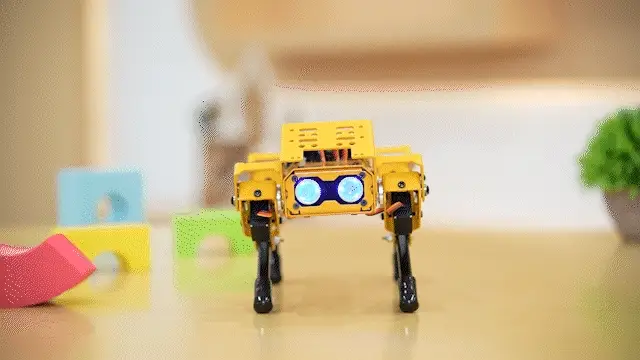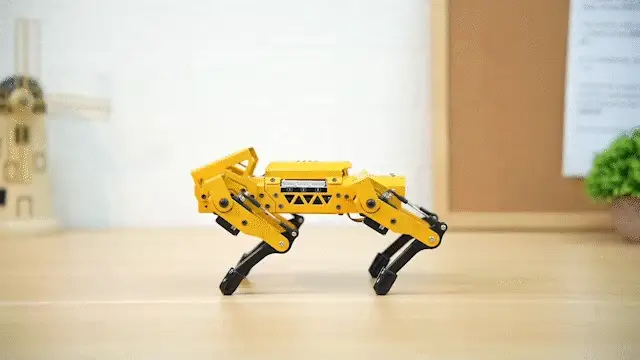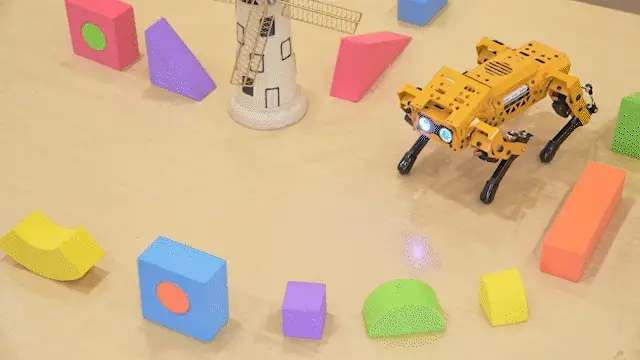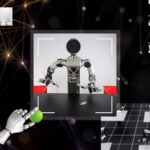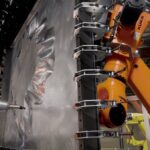New Project GR00T workflows and AI world model development technologies to accelerate robot dexterity, control, manipulation and mobility.
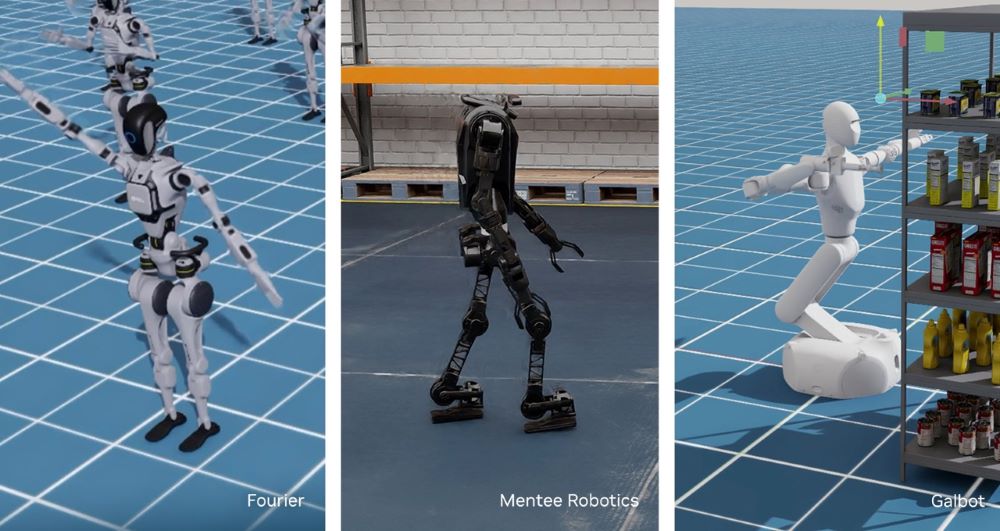
Robotics developers can greatly accelerate their work on AI-enabled robots, including humanoids, using new AI and simulation tools and workflows that NVIDIA revealed this week at the Conference for Robot Learning (CoRL) in Munich, Germany.
The lineup includes the general availability of the NVIDIA Isaac Lab robot learning framework; six new humanoid robot learning workflows for Project GR00T, an initiative to accelerate humanoid robot development; and new world-model development tools for video data curation and processing, including the NVIDIA Cosmos tokenizer and NVIDIA NeMo Curator for video processing.
The open-source Cosmos tokenizer provides robotics developers superior visual tokenization by breaking down images and videos into high-quality tokens with exceptionally high compression rates. It runs up to 12x faster than current tokenizers, while NeMo Curator provides video processing curation up to 7x faster than unoptimized pipelines.
Also timed with CoRL, NVIDIA presented 23 papers and nine workshops related to robot learning and released training and workflow guides for developers. Further, Hugging Face and NVIDIA announced they’re collaborating to accelerate open-source robotics research with LeRobot, NVIDIA Isaac Lab and NVIDIA Jetson for the developer community.
Accelerating Robot Development With Isaac Lab
NVIDIA Isaac Lab is an open-source, robot learning framework built on NVIDIA Omniverse, a platform for developing OpenUSD applications for industrial digitalization and physical AI simulation.
Developers can use Isaac Lab to train robot policies at scale. This open-source unified robot learning framework applies to any embodiment — from humanoids to quadrupeds to collaborative robots — to handle increasingly complex movements and interactions.
Leading commercial robot makers, robotics application developers and robotics research entities around the world are adopting Isaac Lab, including 1X, Agility Robotics, The AI Institute, Berkeley Humanoid, Boston Dynamics, Field AI, Fourier, Galbot, Mentee Robotics, Skild AI, Swiss-Mile, Unitree Robotics and XPENG Robotics.
Project GR00T: Foundations for General-Purpose Humanoid Robots
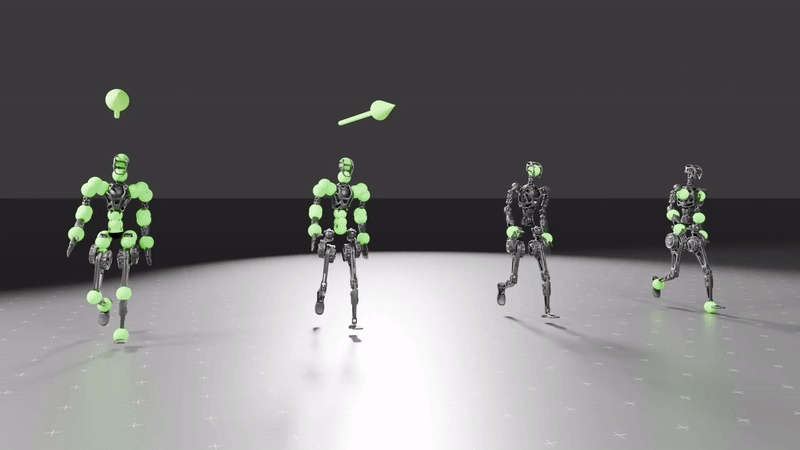
Building advanced humanoids is extremely difficult, demanding multilayer technological and interdisciplinary approaches to make the robots perceive, move and learn skills effectively for human-robot and robot-environment interactions.
Project GR00T is an initiative to develop accelerated libraries, foundation models and data pipelines to accelerate the global humanoid robot developer ecosystem.
Six new Project GR00T workflows provide humanoid developers with blueprints to realize the most challenging humanoid robot capabilities. They include:
- GR00T-Gen for building generative AI-powered, OpenUSD-based 3D environments
- GR00T-Mimic for robot motion and trajectory generation
- GR00T-Dexterity for robot dexterous manipulation
- GR00T-Control for whole-body control
- GR00T-Mobility for robot locomotion and navigation
- GR00T-Perception for multimodal sensing
“Humanoid robots are the next wave of embodied AI,” said Jim Fan, senior research manager of embodied AI at NVIDIA. “NVIDIA research and engineering teams are collaborating across the company and our developer ecosystem to build Project GR00T to help advance the progress and development of global humanoid robot developers.”
New Development Tools for World Model Builders
Today, robot developers are building world models — AI representations of the world that can predict how objects and environments respond to a robot’s actions. Building these world models is incredibly compute- and data-intensive, with models requiring thousands of hours of real-world, curated image or video data.
NVIDIA Cosmos tokenizers provide efficient, high-quality encoding and decoding to simplify the development of these world models. They set a new standard of minimal distortion and temporal instability, enabling high-quality video and image reconstructions.
Providing high-quality compression and up to 12x faster visual reconstruction, the Cosmos tokenizer paves the path for scalable, robust and efficient development of generative applications across a broad spectrum of visual domains.
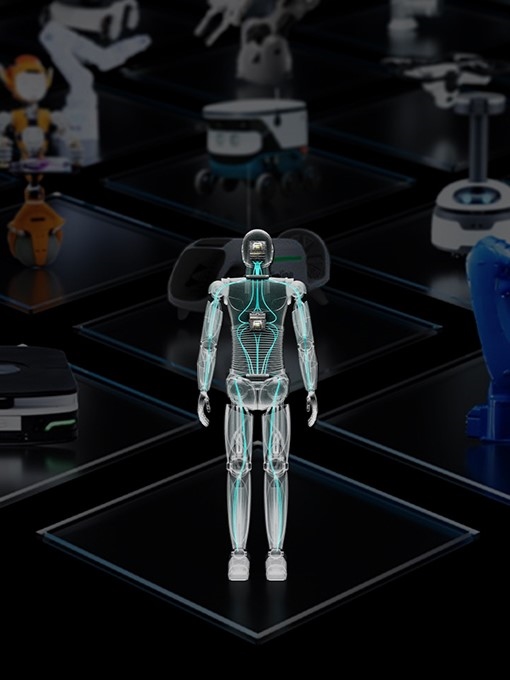
Leading commercial robot makers, robotics application developers and robotics research entities around the world are adopting Isaac Lab, including 1X, Agility Robotics, The AI Institute, Berkeley Humanoid, Boston Dynamics, Field AI, Fourier, Galbot, Mentee Robotics, Skild AI, Swiss-Mile, Unitree Robotics and XPENG Robotics.
Availability
- NVIDIA Isaac Lab 1.2 is available now and is open source on GitHub. NVIDIA Cosmos tokenizer is available now on GitHub and Hugging Face. NeMo Curator for video processing will be available at the end of the month.
- The new NVIDIA Project GR00T workflows are coming soon to help robot companies build humanoid robot capabilities with greater ease. Read more about the workflows on the NVIDIA Technical Blog.
- Researchers and developers learning to use Isaac Lab can now access developer guides and tutorials, including an Isaac Gym to Isaac Lab migration guide.
- Discover the latest in robot learning and simulation in an upcoming OpenUSD insider livestream on robot simulation and learning on Nov. 13, and attend the NVIDIA Isaac Lab office hours for hands-on support and insights.

